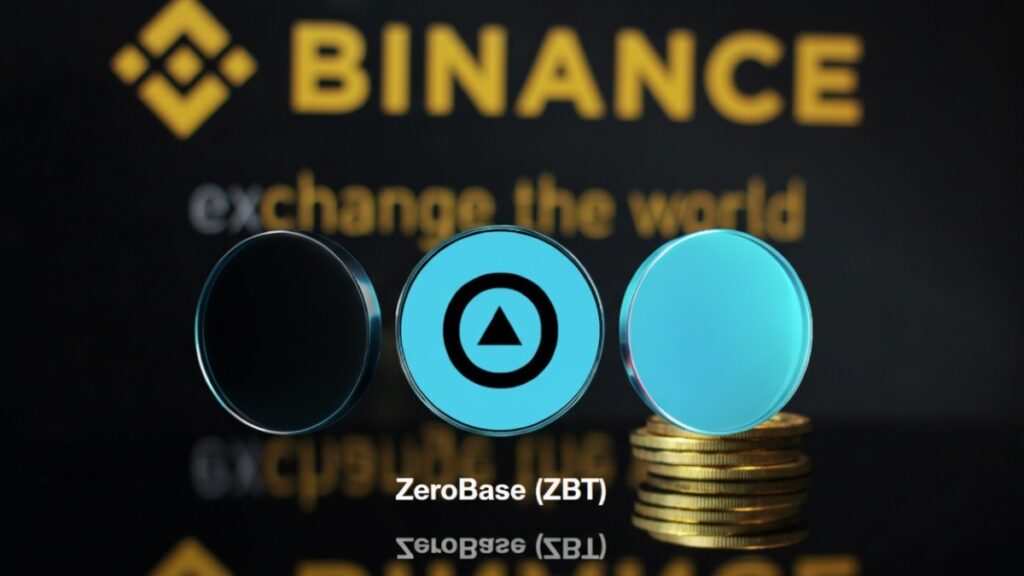TL;DR:
- ZBT debuted on Bybit and Binance, expanding visibility and liquidity.
- Both exchanges launched incentives totaling millions of ZBT tokens.
- ZEROBASE combines ZK and TEE for institutional DeFi with a strong focus on privacy.
In a move that has caught the attention of the crypto world, the ZEROBASE (ZBT) token debuted on two of the most influential exchanges in the sector: Bybit and Binance. This dual listing not only marks technical and strategic support for the project, but also positions ZEROBASE as an emerging player in the field of decentralized infrastructure based on zero-knowledge proofs (ZK) and trusted execution environments (TEE). Amid an increasingly saturated market, ZBT is committed to computational efficiency and privacy as differentiating values, and recent listing events have put it on the radar of thousands of users and investors.
Rewards, airdrops, and an expanding ecosystem
Bybit was the first to take the plunge. On October 17, it enabled ZBT deposits at 04:00 UTC, followed by the opening of spot trading at 13:00 UTC. To drive adoption, it launched a $9 million ZBT rewards event, which includes a $5 million “Token Splash” for those who complete tasks such as depositing and trading the token, and a $4 million launch pool spread across three pools (ZBT, BBSOL, and MNT). This strategy aims to build a solid base of active users and generate sustained liquidity from the outset.

Binance, for its part, integrated ZBT into its HODLer Airdrops program as its 54th featured project. Users who held BNB in Simple Earn between October 11 and 13 qualified for retroactive rewards. Spot trading began on October 17 at 13:00 UTC, with pairs such as ZBT/USDT, ZBT/USDC, ZBT/BNB, ZBT/FDUSD, and ZBT/TRY. No listing fees were applied. The initial circulating supply is 220 million ZBT, representing 22% of the total 1 billion.
ZEROBASE seeks to redefine verifiable off-chain computing through products such as zkStaking, zkLogin, and ProofYield. With its focus on privacy, scalability, and institutional DeFi, its dual listing reinforces a clear narrative: the ecosystem is ready for more sophisticated solutions centered on digital trust.










